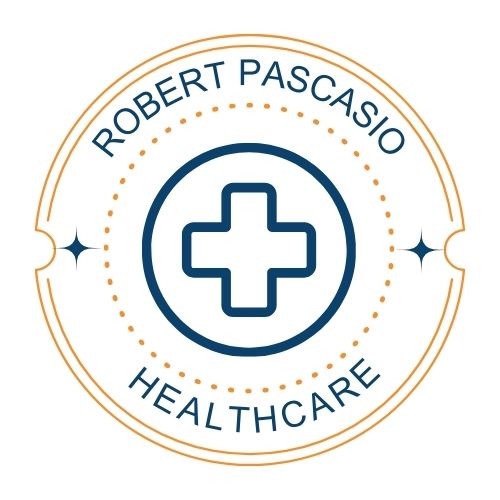Rural healthcare organizations face unique challenges, including limited resources, workforce shortages, and financial constraints. Despite these obstacles, these institutions are essential in providing quality care to rural communities, often acting as the primary source of healthcare for populations with limited access to urban centers. Ensuring their long-term sustainability requires a multi-faceted approach focusing on financial health, workforce development, and innovative care delivery models. Here are key strategies to help rural healthcare organizations thrive over the long term.
Diversifying Revenue Streams
Rural healthcare organizations often depend on narrow revenue sources, such as government funding or insurance reimbursements. To increase financial sustainability, these organizations should explore alternative revenue streams. This could include partnerships with local businesses, telehealth services, expanding outpatient care, or introducing wellness and preventative care programs that generate consistent revenue. By diversifying income sources, healthcare organizations can reduce their financial dependency on a few channels.
Investing in Technology and Telemedicine
Technology is transforming healthcare delivery, especially in rural areas with limited access to specialists and advanced care. Telemedicine, for example, offers remote consultations, reducing the need for patients to travel long distances for care. Implementing electronic health records (EHR) and telehealth platforms can streamline operations, enhance communication, and improve patient outcomes. These technological investments improve the quality of care, open new revenue streams, and increase operational efficiency.
Building a Strong and Flexible Workforce
Rural healthcare facilities often struggle with staffing challenges due to a lack of medical professionals willing to relocate to remote areas. To address this, rural healthcare organizations can implement strategies to attract and retain talent, such as offering competitive salaries, loan repayment programs, and professional development opportunities. Additionally, fostering partnerships with medical schools and universities to create residency programs or internships in rural settings can help build a pipeline of healthcare professionals committed to working in these communities.
Fostering Community Partnerships and Engagement
A strong relationship with the local community is vital for the sustainability of rural healthcare organizations. By engaging local leaders, businesses, and residents, healthcare organizations can gain valuable support in funding and advocacy. Community engagement initiatives, such as health education programs, fundraising events, or partnerships with local organizations, can enhance the facility’s visibility and integrate it more deeply into the community’s fabric.
Advocating for Policy Support
Advocacy for favorable healthcare policies at both the state and federal levels is critical for the long-term sustainability of rural healthcare organizations. Rural facilities rely on government support through Medicare, Medicaid, and the Rural Health Clinic Program. By lobbying for continued and expanded funding and policies promoting the unique needs of rural health systems, organizations can ensure they have the resources necessary to thrive.
Embracing Innovative Care Models
Innovative care delivery models, such as patient-centered medical homes, integrated care teams, and rural health networks, can improve patient outcomes and reduce costs. These models promote collaboration between healthcare providers, allowing for more efficient, coordinated care. By adopting these models, rural healthcare organizations can provide better care and enhance operational efficiency and long-term sustainability.

